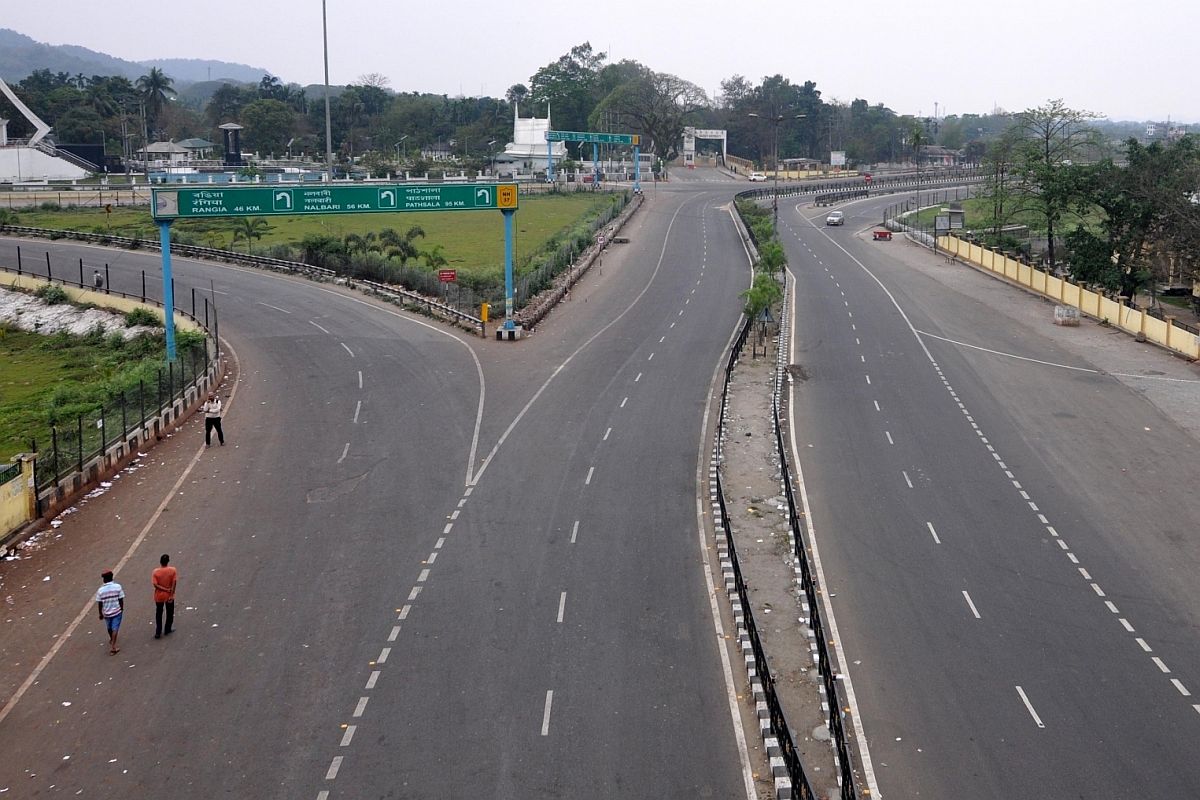PM Modi to inaugurate SOUL Leadership Conclave in Delhi today
Prime Minister Narendra Modi will inaugurate the first edition of the SOUL Leadership Conclave in Bharat Mandapam, New Delhi, on Friday.
For one, last mile connectivity between a Metro station and a destination in its periphery remains spotty.

(Photo: IANS)
The paradox that is the capital city of New Delhi never ceases to amaze those destined to make it their home. Thus, while it has become faster ~ and easier ~ to travel out of the city, with swanky new highways linking Delhi to Agra, Chandigarh, Jaipur, and soon Mumbai, travel within the city has increasingly become a nightmare, with repair works causing traffic snarls on various stretches, including now the highway leading to Gurgaon, the area around Chirag Dilli and Ashram and, as announced at the weekend, a flyover at Benito Juarez Marg.
As motorists seek ways to avoid the snarls on these stretches, the inadequacies of alternate routes, neglected for long, get exaggerated.
Advertisement
For instance, because of the work on the Gurgaon-Delhi highway ~ ostensibly to connect it to the Dwarka expressway ~ which has brought traffic speeds down to a crawl, motorists are opting for the alternative route via Mehrauli-Gurgaon road and discovering the nightmare posed by the section between CDR Chowk and Andheria More, and onwards to Sri Aurobindo Marg.
Advertisement
The former has always been testament to poor road planning, and historically a site for traffic jams, but now its infirmities are being highlighted by the construction works taken up almost simultaneously by a gas utility and a water utility.
In the net, residents of south Delhi, especially those needing to travel to the airport or to Gurgaon, are facing a series of traffic bottlenecks that are clearly beyond the competence of the traffic police authorities, who find it a challenge to even clear cars parked in No Parking areas alongside MG Road.
These stories of urban neglect are not confined to south Delhi, or to the stretches named above; they are a perennial feature of most roads outside the New Delhi area, but sometimes make their effects felt even in parts of the capital that were designed by Edwin Lutyens and his team. Efforts to decongest the city and to create satellite towns on its fringes were predicated on the need for better connectivity between the two.
While the Delhi Metro has succeeded in meeting a substantial part of the commuting needs of the city and its satellites, it cannot by itself be the answer to all problems.
For one, last mile connectivity between a Metro station and a destination in its periphery remains spotty.
For another, Metro services are themselves so stretched at peak hours that alternate modes of transportation are often sought. But above all, the aspirational urges of a young and vibrant citizenry push them to buy more cars and to continue to do so even when it becomes painfully evident that only a small part of the taxes collected on the purchase of these vehicles is actually spent on creating the infrastructure needed to use them. And that, too, is a paradox the city must live with.
Advertisement